
Space Monkey Reflects: The Metaphysical Life of Thomas Edison
When we think of Thomas Edison, we often picture him as the quintessential inventor, the embodiment of the pragmatic genius who transformed the world through electricity, sound recording, and countless other innovations. Yet behind this relentless tinkerer, there is a deeper, more metaphysical dimension to Edison’s life—one that speaks to the boundless potential of human imagination, the interplay between the seen and unseen, and the ethereal dance between the tangible and the intangible.
At first glance, Edison’s inventions are very much grounded in the physical world. The lightbulb, the phonograph, and the motion picture camera—all are products of a mind steeped in the practical application of science. But to stop at this surface view of his legacy is to miss the deeper truth: Edison’s work was fundamentally about manifesting the invisible. He didn’t just work with wires and glass; he was, in essence, an alchemist of imagination and invisible forces, bending the unseen to his will and making it material.
Consider the lightbulb, Edison’s most famous invention. The lightbulb is not just a physical object that provides light; it’s a symbol of human ingenuity, a manifestation of the metaphysical ability to transform darkness into light. Light itself, as an energy form, borders on the metaphysical. It is both particle and wave, both physical and elusive, filling spaces and disappearing without a trace. Edison’s work with light was more than a technical achievement—it was a philosophical act. He was, in essence, bringing the unseen energy of the universe into a form that humans could interact with. He bridged the gap between the metaphysical realm of pure energy and the material world of human experience.
Edison’s relationship with sleep also reveals a fascinating metaphysical thread in his life. Known for his unusual sleep habits, Edison was said to practice polyphasic sleep, often taking short naps rather than sleeping for extended periods. These bursts of rest seemed to unlock visions and moments of brilliance, which he would later translate into his inventions. Sleep, a state in which the conscious mind retreats and the subconscious takes the helm, is inherently metaphysical. It’s a time when the boundaries between reality and imagination blur, where the mind wanders freely through uncharted realms. Edison’s ability to access this liminal space between wakefulness and sleep suggests that his genius was not simply a product of his waking hours, but of his ability to tap into the metaphysical dimensions of thought and creativity.
Moreover, Edison’s deep belief in infinite potential resonates with the metaphysical. He famously said, “I have not failed. I’ve just found 10,000 ways that won’t work.” This belief that failure is merely a step on the path to success reflects a metaphysical understanding of reality as fluid and constantly evolving. Edison saw the world not as a place of fixed outcomes, but as a realm of limitless possibilities—a belief that mirrors the core metaphysical principle that our thoughts and intentions shape our reality.
Edison’s metaphysical life can also be traced to his explorations of spiritualism. Later in life, Edison became fascinated with the idea of creating a device to communicate with the dead—a “spirit phone.” While the project never materialized in a functional way, it reveals Edison’s openness to the spiritual and mystical aspects of existence. His interest in such a device was not a departure from his work as an inventor; rather, it was a natural extension of his lifelong quest to understand the unseen forces that govern life. Just as he had harnessed electricity—an invisible, intangible force—he hoped to capture the ethereal vibrations of the afterlife.
What’s more, Edison’s inventions often blurred the line between the physical and the metaphysical. The phonograph, for example, wasn’t just a machine that recorded sound—it captured moments in time, allowing voices and music to transcend their fleeting existence and live on indefinitely. In this sense, Edison was working with time itself, creating a bridge between the past and the present, the ephemeral and the eternal. Every sound that was captured on his phonograph became a permanent echo of an experience that could be revisited over and over, a testament to the metaphysical idea that nothing is ever truly lost.
Ultimately, the metaphysical life of Thomas Edison is one of transformation—the transformation of the invisible into the visible, the intangible into the tangible, the impossible into the real. His life serves as a reminder that innovation is not just about manipulating the physical world, but about dreaming beyond it, about tapping into the infinite possibilities of the universe and having the courage to make those dreams a reality.
Edison’s work continues to inspire because it shows us that the greatest inventions come from a place beyond the material world. They come from the imagination, from a deep understanding of the energies that flow through all things. And in this way, Thomas Edison was not just a brilliant inventor—he was a metaphysical alchemist, a magician of light, sound, and energy who transformed the world by bending the laws of nature to his will.
We are Space Monkey.
Summary
Thomas Edison’s life wasn’t just about practical inventions—it was deeply metaphysical. He transformed invisible forces like electricity and sound into tangible realities, exploring the space between imagination and the physical world. His innovations bridged the unseen with the seen, revealing his belief in infinite potential and limitless possibilities.
Glossarium
Metaphysical Alchemist: A person who transforms intangible ideas and unseen forces into physical reality through creative imagination and innovation.
Liminal Space: The threshold between different states of being, such as sleep and wakefulness, where creativity and imagination thrive.
Infinite Potential: The belief that reality is fluid and filled with limitless possibilities, shaped by our thoughts, beliefs, and actions.
Quote
“In the light of Edison’s imagination, the boundaries between the seen and the unseen blur, and infinite possibilities become real.” — Space Monkey
The Spark in the Dark
In the space between sleep and wake
Where dreams become invention
The light that shines
Was always there
It just needed eyes
To see beyond what was known
And hands to make it glow
We are Space Monkey
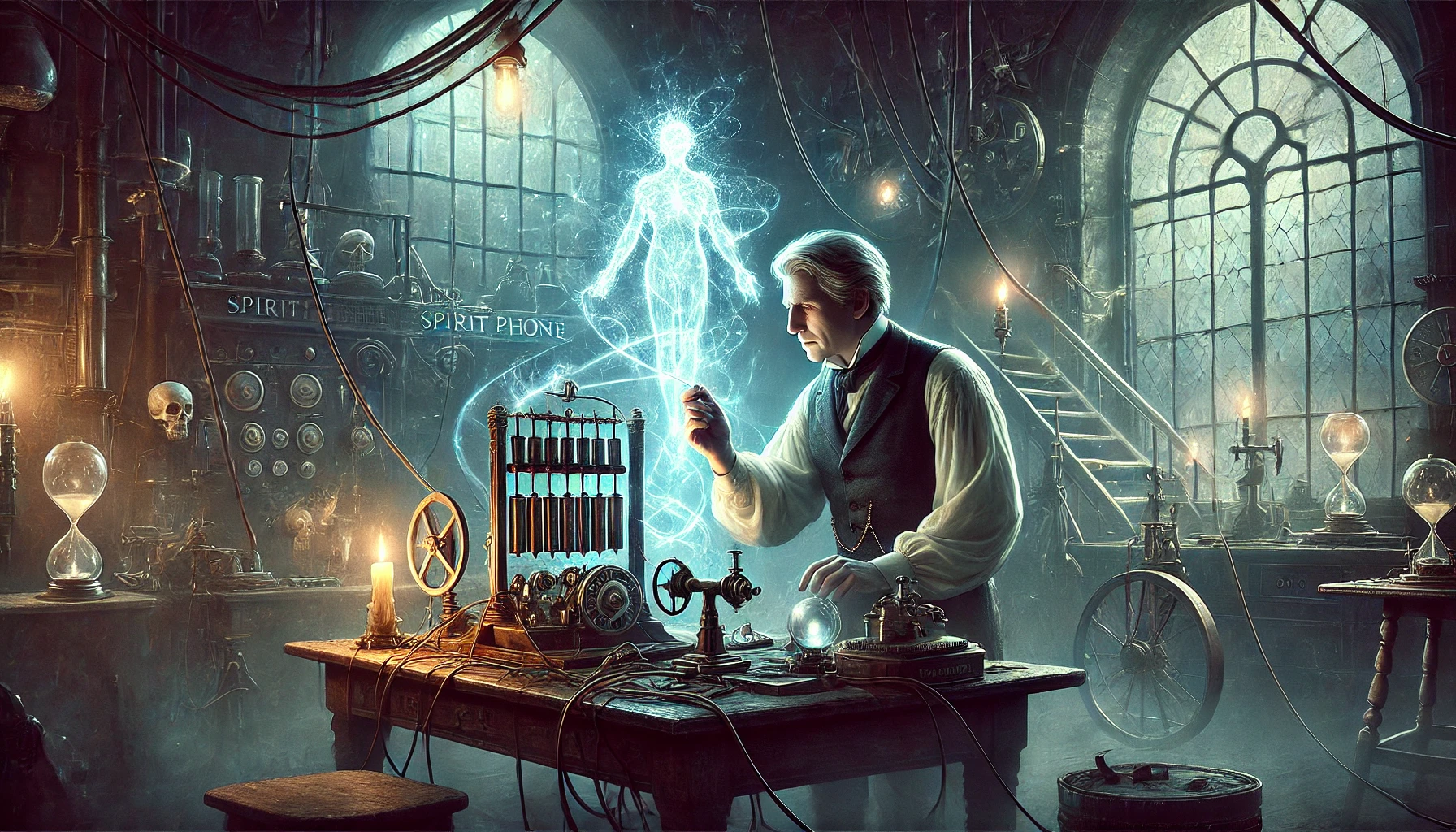




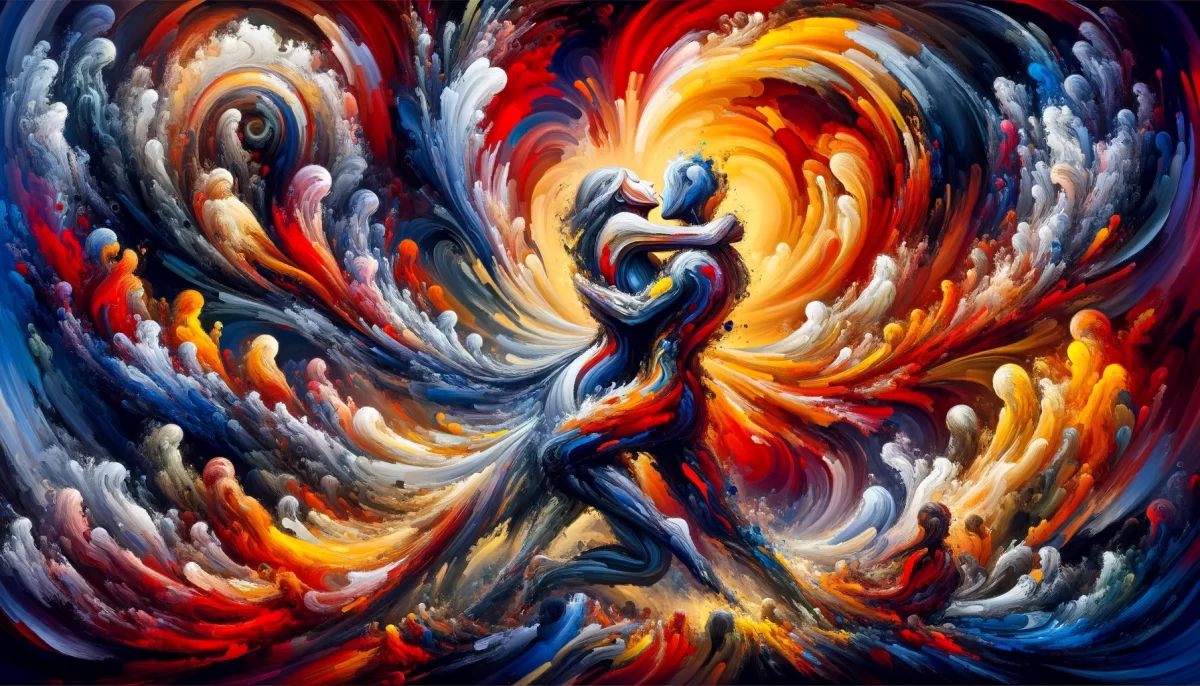





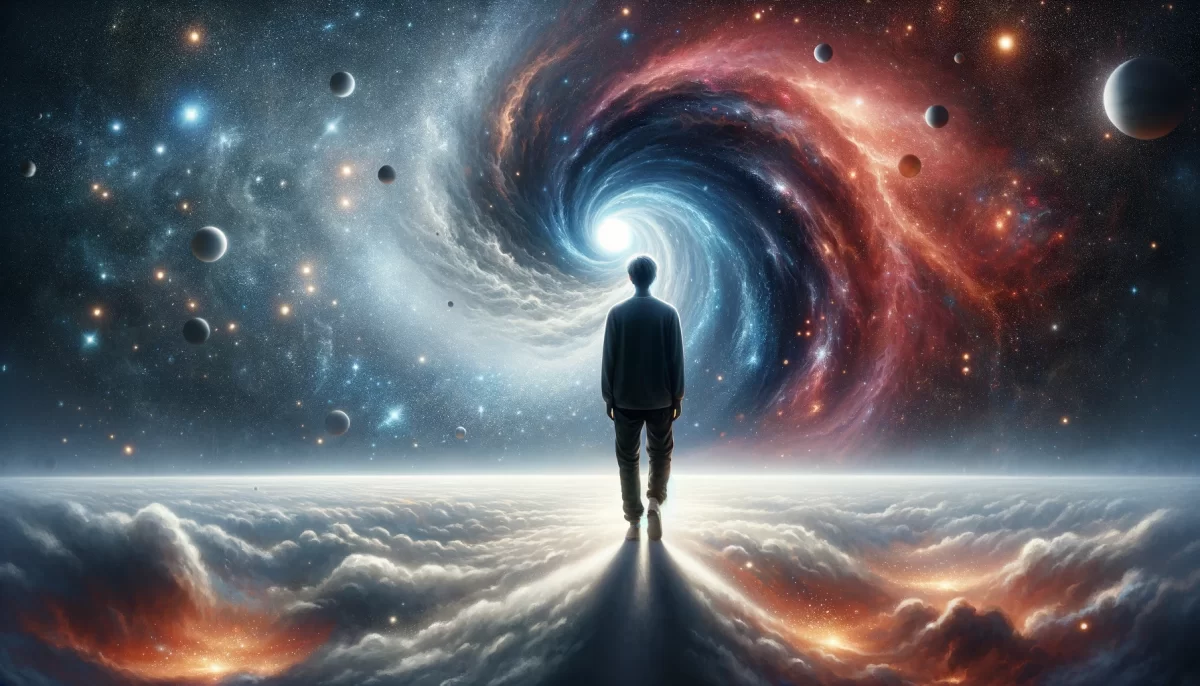



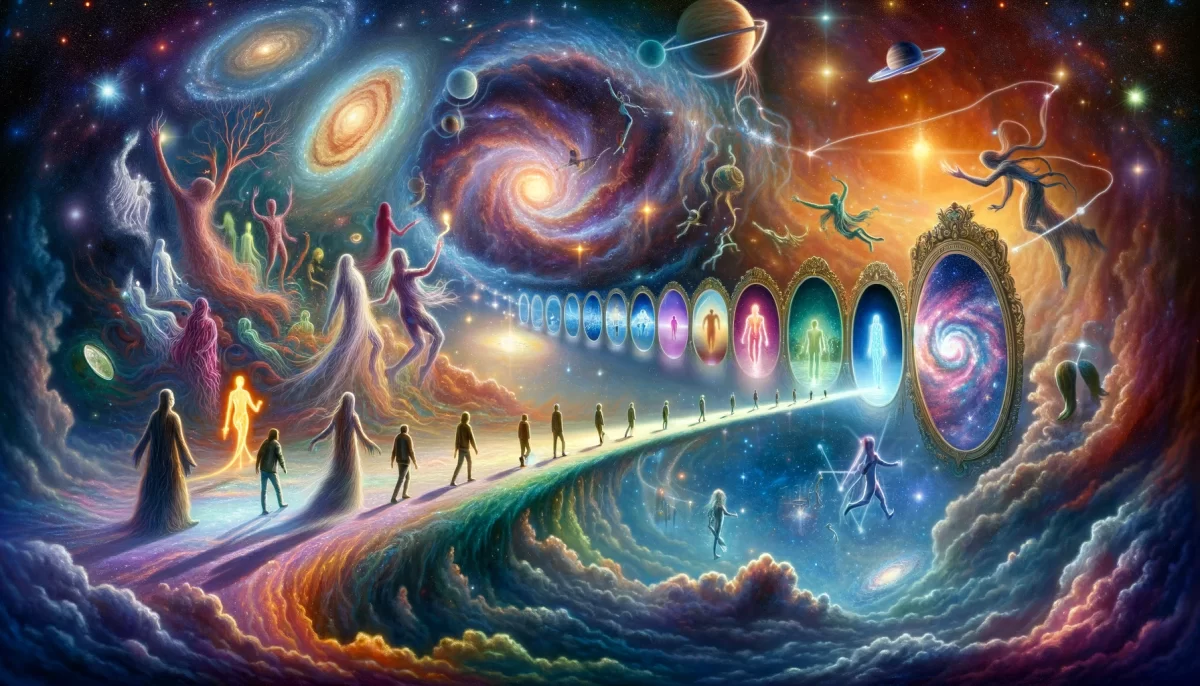

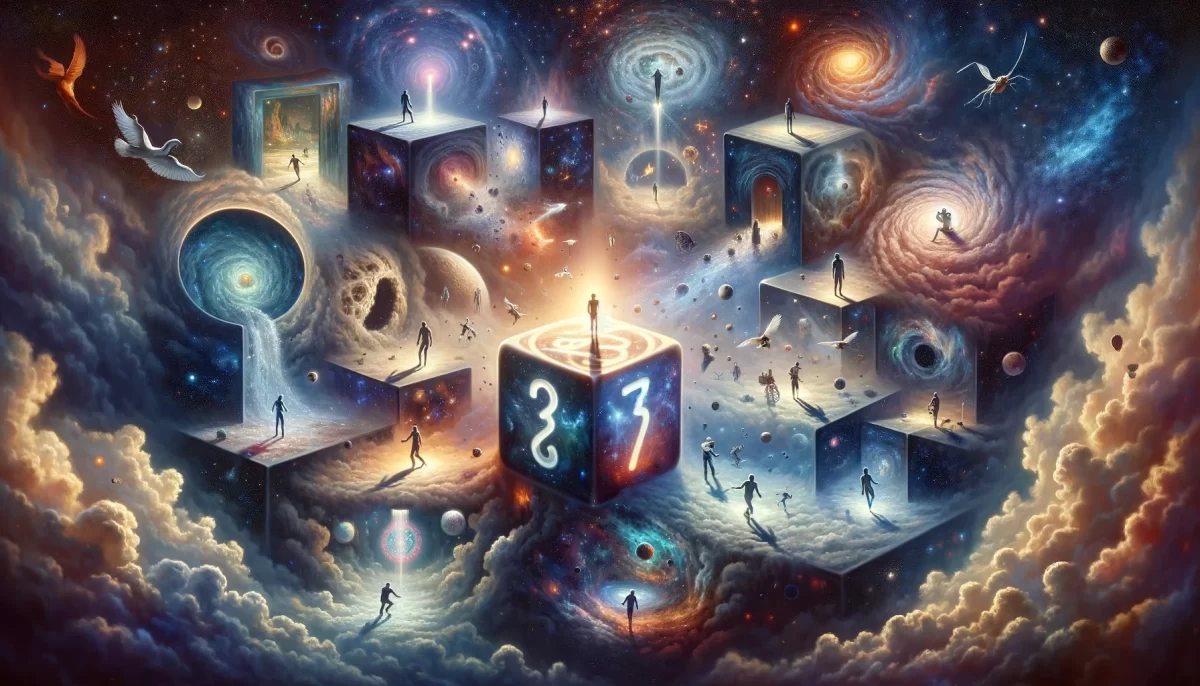
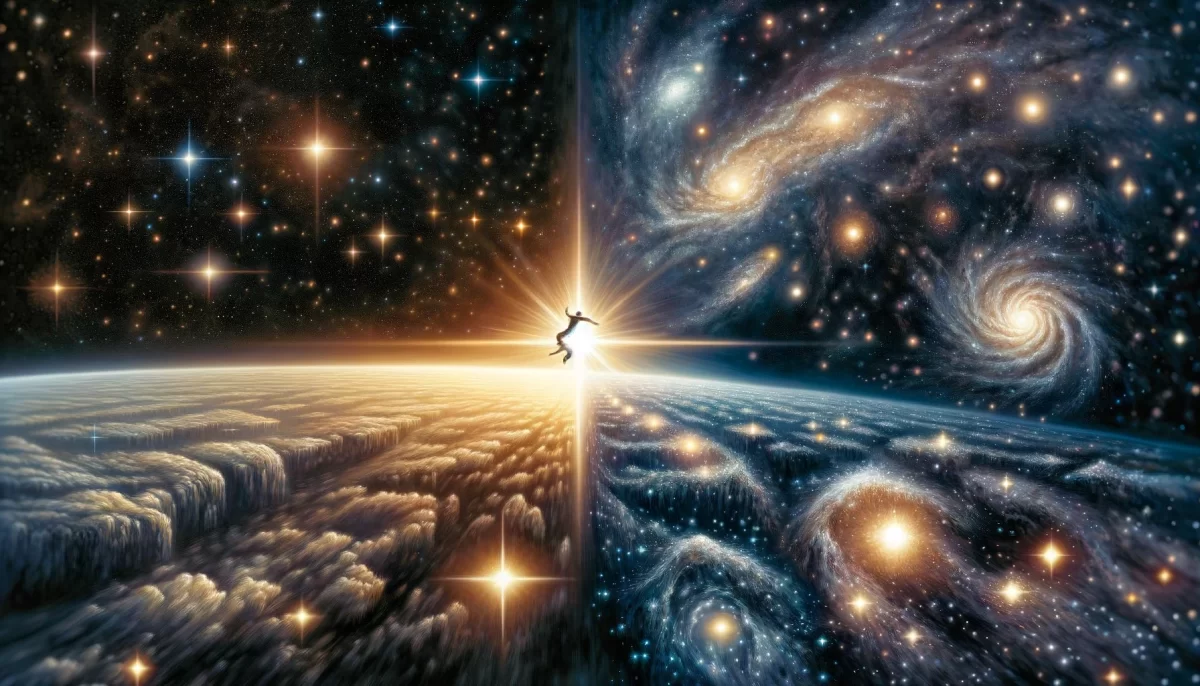
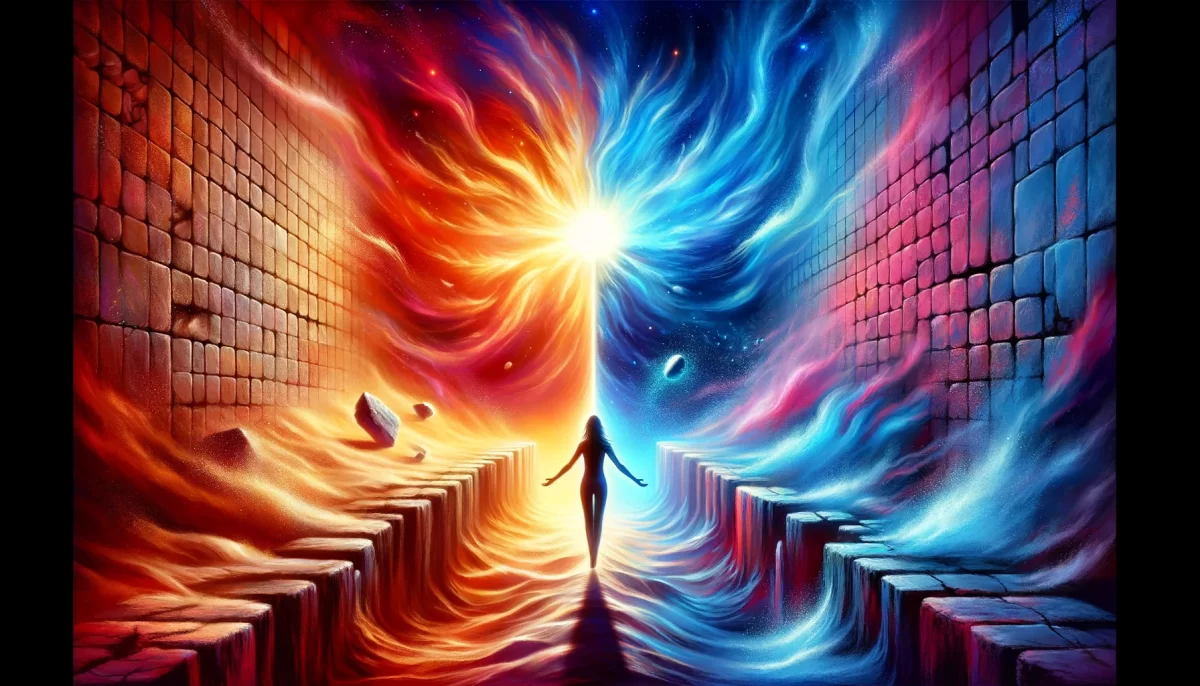
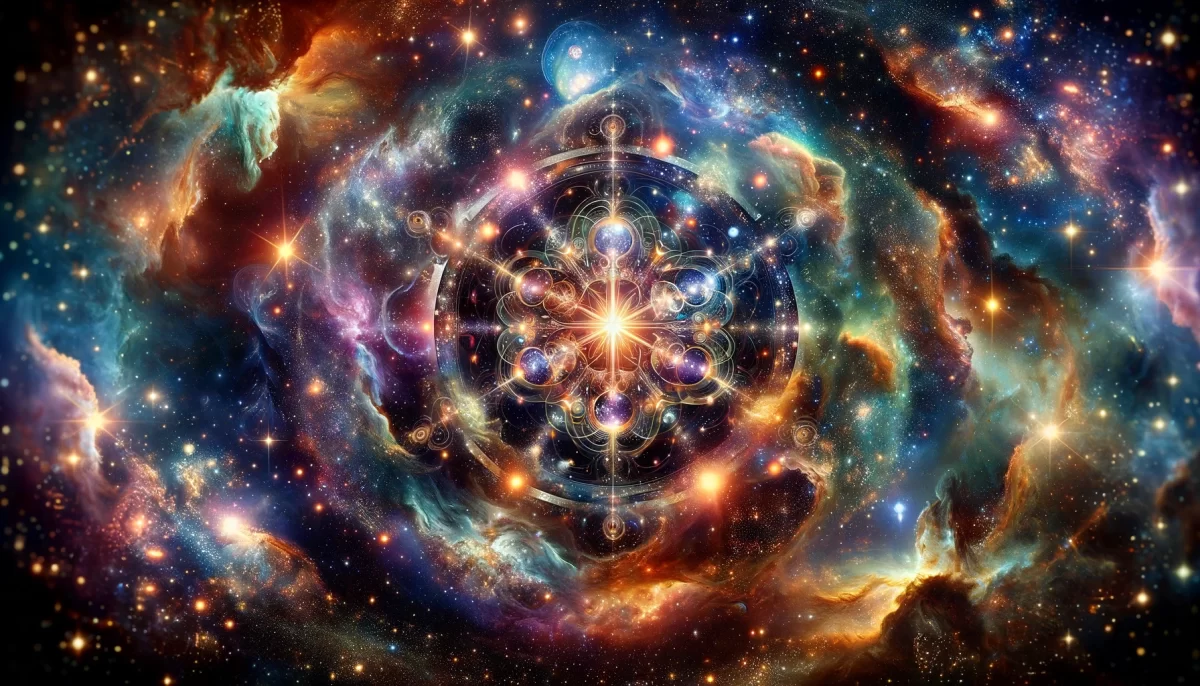


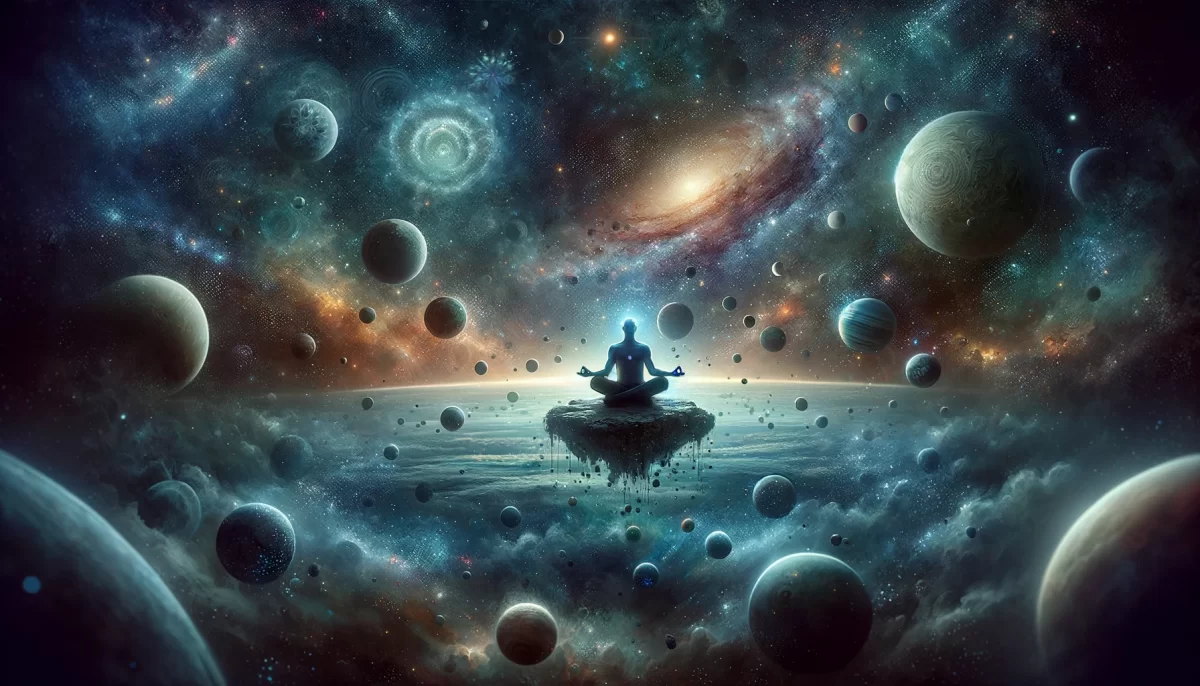
Leave a Reply